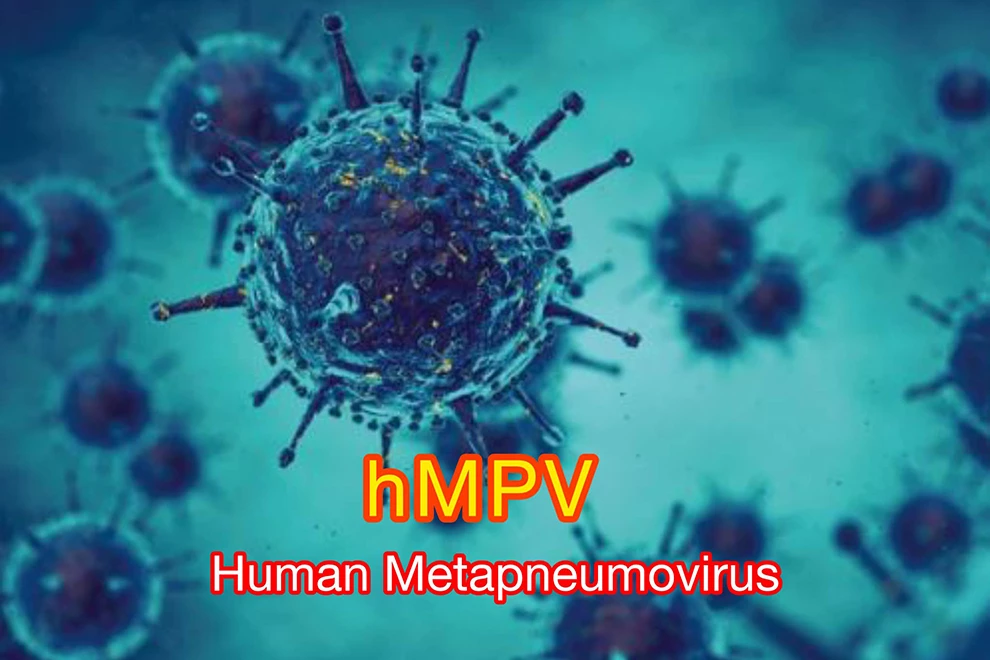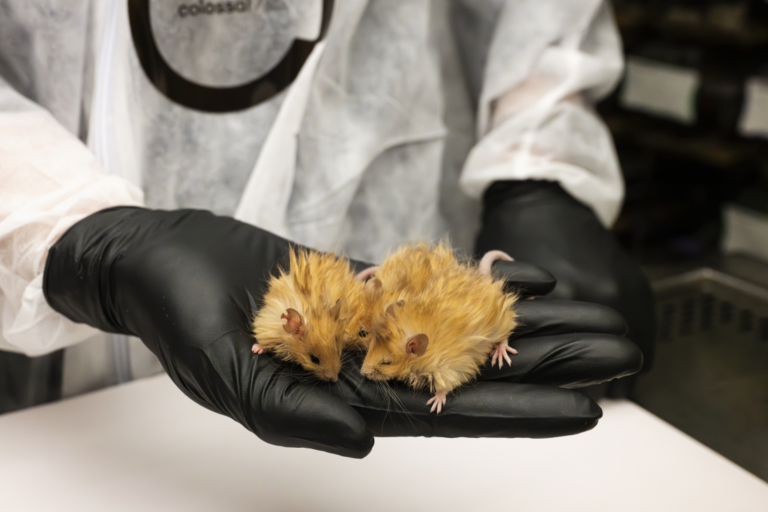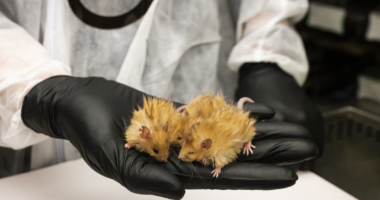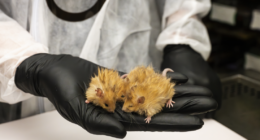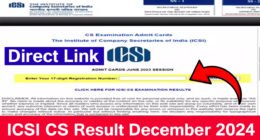Table of Contents Show
China is currently experiencing a notable increase in cases of human metapneumovirus (HMPV), particularly among children under 14, as winter intensifies. This surge has led to heightened concerns about respiratory health across the nation.
Understanding Human Metapneumovirus (HMPV)
HMPV is a respiratory virus that manifests symptoms similar to the common cold, including cough, nasal congestion, and fever. In severe instances, it can lead to bronchitis or pneumonia, especially in young children, the elderly, and individuals with weakened immune systems. Currently, there is no vaccine or specific antiviral treatment for HMPV; management primarily focuses on alleviating symptoms.
Current Situation in China
Recent data indicates a rise in acute respiratory infections, with HMPV and rhinovirus being the predominant pathogens. The National Disease Control and Prevention Administration has initiated a pilot monitoring system for pneumonia of unknown origin to enhance preparedness and response to emerging respiratory diseases.
Hospitals in various regions are reportedly experiencing increased patient influxes, leading to concerns about healthcare capacity. Social media platforms have featured videos and posts depicting crowded medical facilities, though official confirmations are limited.
Preventive Measures and Public Guidance
Health experts advise the public to adhere to preventive measures such as regular handwashing, wearing masks in crowded places, and avoiding close contact with individuals exhibiting respiratory symptoms. Additionally, there is a caution against the indiscriminate use of antiviral medications, as improper usage can contribute to drug resistance and other health complications.
Global Perspective
While the current surge in HMPV cases is primarily within China, neighboring countries are monitoring the situation closely. The World Health Organization has not issued any travel advisory related to HMPV, but global health authorities emphasize the importance of vigilance and adherence to public health guidelines to mitigate the spread of respiratory viruses.
Comparison of Common Respiratory Viruses:
| Virus | Common Symptoms | High-Risk Groups | Vaccine Availability |
|---|---|---|---|
| Human Metapneumovirus (HMPV) | Cough, nasal congestion, fever | Young children, elderly, immunocompromised | None |
| Influenza | Fever, chills, muscle aches | Young children, elderly, pregnant women | Yes |
| Rhinovirus | Sneezing, sore throat, runny nose | All age groups | None |
| Respiratory Syncytial Virus (RSV) | Coughing, wheezing, difficulty breathing | Infants, elderly, immunocompromised | Yes (for certain age groups) |
Note: For the most current information and guidance, consult local health authorities or the World Health Organization.
For a visual overview of the current situation in China regarding HMPV, you may find the following news report informative:
FAQs:
A: HMPV is a respiratory virus that causes symptoms similar to the common cold, such as cough, nasal congestion, and fever. In severe cases, it can lead to bronchitis or pneumonia, particularly in young children, the elderly, and those with weakened immune systems.
A: HMPV spreads through respiratory droplets when an infected person coughs or sneezes. It can also be transmitted by touching surfaces contaminated with the virus and then touching the face.
A: Currently, there is no vaccine available for HMPV. Prevention focuses on good hygiene practices, such as regular handwashing and avoiding close contact with infected individuals.
A: If you experience symptoms like cough, fever, and nasal congestion, it’s advisable to consult a healthcare professional, especially if you are in a high-risk group. Treatment typically involves supportive care to relieve symptoms.
A: Preventive measures include regular handwashing with soap and water, wearing masks in crowded places, avoiding close contact with individuals showing respiratory symptoms, and maintaining good overall hygiene.
Sources
